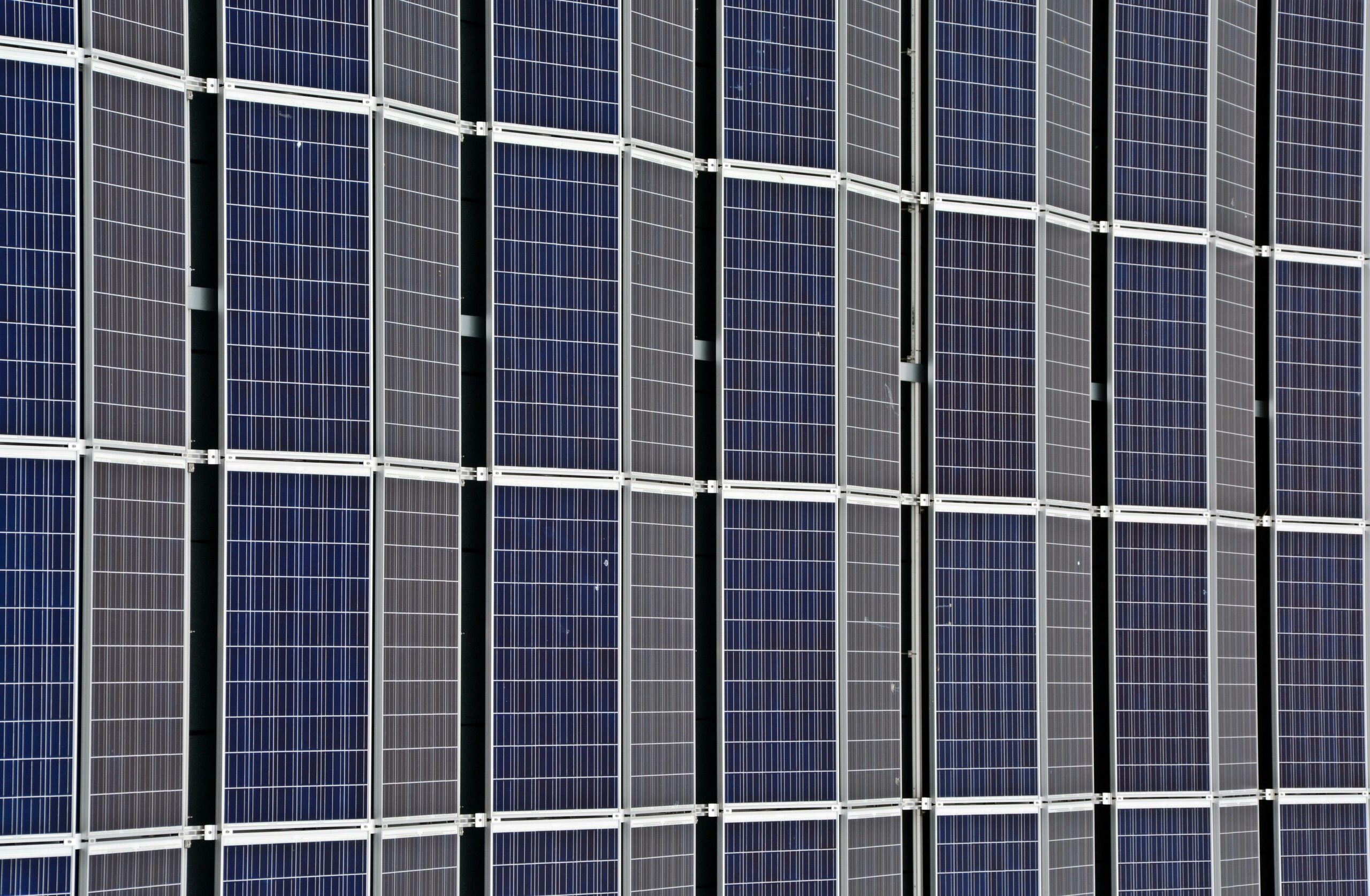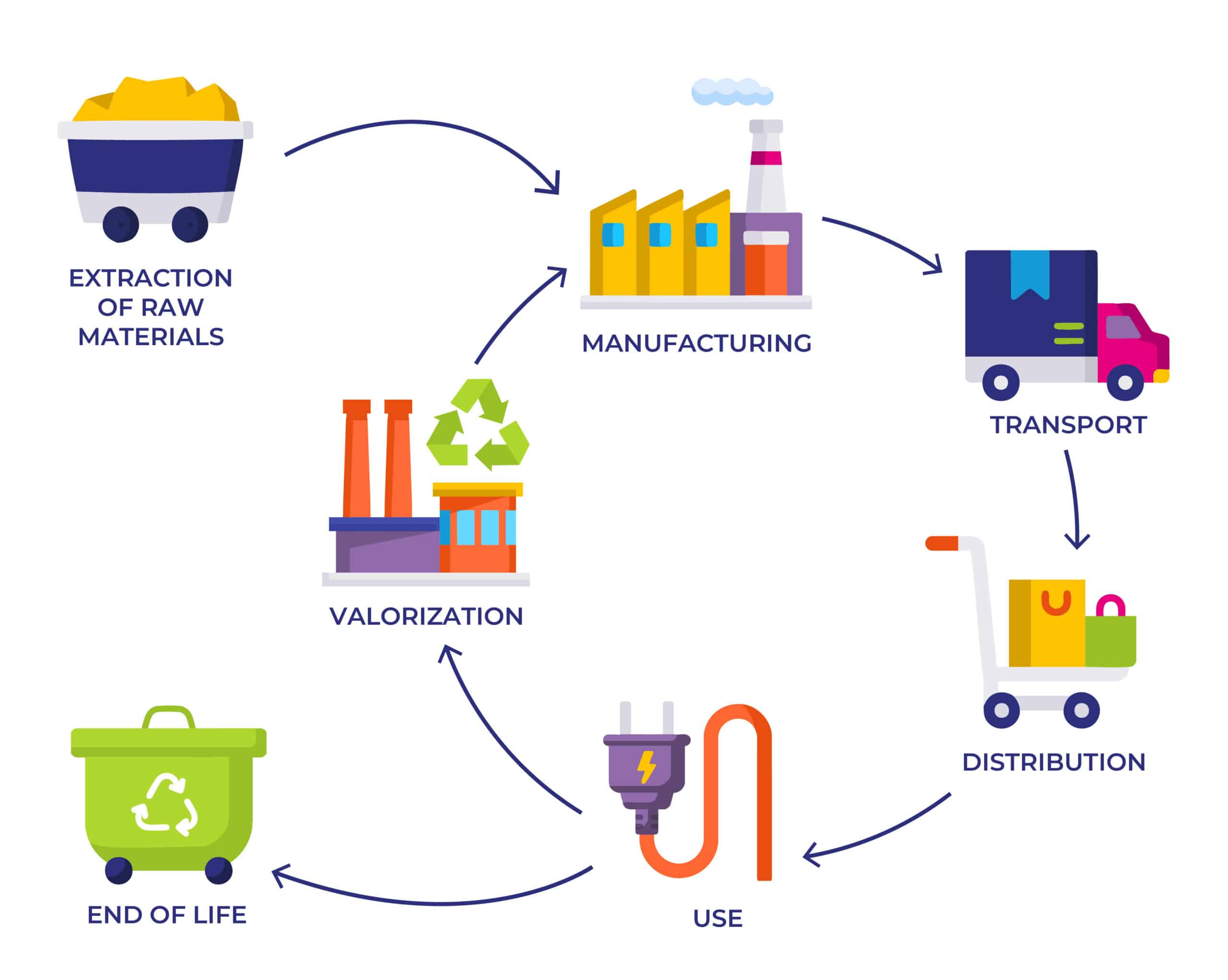
ADEME 2022 methodological guide on the carbon footprint of projects: what you need to know !
The ADEME Methodological Guide emphasises that environmental authorities consider greenhouse gas (GHG) emissions to be insufficiently taken into account in environmental assessments. With increasing climate transparency requirements and carbon neutrality targets, renewable energy and recovery project developers are required to integrate carbon impact from the design phase onwards.
Published in 2022 but still relevant today, the ADEME methodological guide proposes a clear method that is increasingly required by the French Regional Environmental Authority Missions (MRAe).
In this article, discover what this guide covers, the key points to remember and concrete strategies for use in your project.
What are the advantages of the ADEME Guide ?
The ADEME guide « Taking greenhouse gas emissions into account in impact assessments » defines a method for integrating the assessment of GHG emissions and removals into the impact assessment phase of a project.
What does this guide offer you ? It provides a national methodological framework, aligned with the French National Low-Carbon Strategy (SNBC), for analysing the carbon impact of projects. It also complies with Article R122-5 of the French Environment Code, which requires an assessment of « the project’s impact on the climate ».
This guide is therefore a strategic tool for guiding technical choices, strengthening the credibility of the project file and facilitating acceptability.

How to assess the carbon footprint of your project ?
Assessing a project carbon impact involves seven key steps:
- Clearly define the study area and scope: the project’s area of influence, its impact, the construction, operation and end-of-life phases
- Establish a description of the initial state of the environment, including existing GHG emissions in the area concerned (regional inventories, PCAET)
- Develop two comparative scenarios: ‘without the project’ and ‘with the project’, in order to measure the difference in emissions or reductions
- Identify significant emission sources (materials, transport, operation, etc.) and justify the exclusion of insignificant ones
- Quantify emissions for each scenario and estimate data uncertainties
- Calculate the differential impact of the project: difference between the scenario with and without the project
- Present the measures of the ‘Avoid-Reduce-Compensate’ sequence (ARC): avoid environmental damage, reduce damage that could not be avoided, and compensate for significant residual effects
For more details on these seven key steps, see our article on project carbon impact assessments.
And how does this translate into the field of renewable energy ? Our team reveals two concrete examples:
- For a photovoltaic project, the study must quantify not only the emissions associated with the construction and installation of the panels, but also those avoided thanks to the production of renewable electricity
- For a methanisation plant, the guide recommends assessing the emissions avoided in relation to organic waste management and the substitution of fossil fuels
What tools and resources are available for assessing the carbon footprint of renewable energy ?
- The Base Empreinte® ADEME database for obtaining emission factors.
- Specific sector-specific guides and LCAs (photovoltaic, wind power, etc.).
- Recognised accounting methods (ISO 14064‑2, GHG Protocol Project Standard, etc.).
What is the point of conducting an impact assessment ?
The short and medium term benefits are:
- Greater clarity regarding the project carbon impact
- Anticipation of technical choices and reduction of risks related to GHG emissions
- Improved social acceptability and the possibility of promoting the low-carbon aspect
The long term benefits are:
- The possibility of quantifying the reduction in tCO2e over the project’s lifetime
- The integration of results into eco-design, sustainable financing or certification initiatives
- Contribution to carbon neutrality objectives and the region’s low-carbon strategy
- Strengthening the project’s resilience in an evolving regulatory environment

How can carbon obligations be turned into a strategic asset ?
The ADEME 2022 methodological guide is an essential tool for structuring the assessment of greenhouse gas emissions in project impact studies. Beyond regulatory compliance, it is a strategic lever for designing projects in line with climate objectives and meeting stakeholder expectations. By adopting this methodology, the obligation to analyse a project’s carbon footprint becomes an opportunity to stand out from the crowd.
Would you like to assess the carbon footprint of your project ?
Our PINK Strategy experts are here to guide you step by step through the process !













